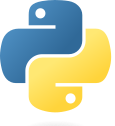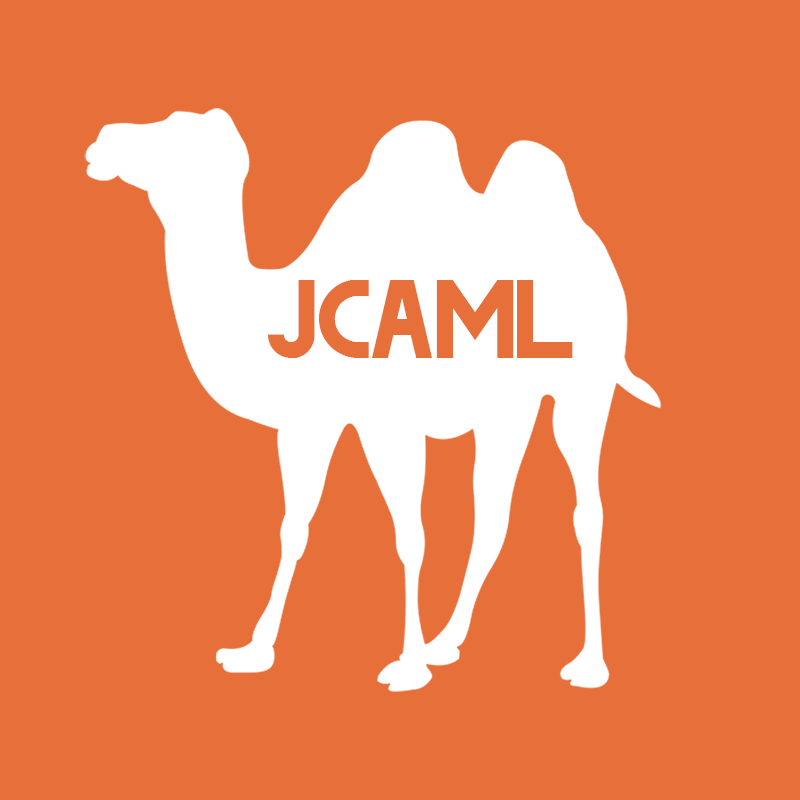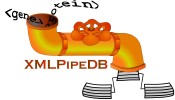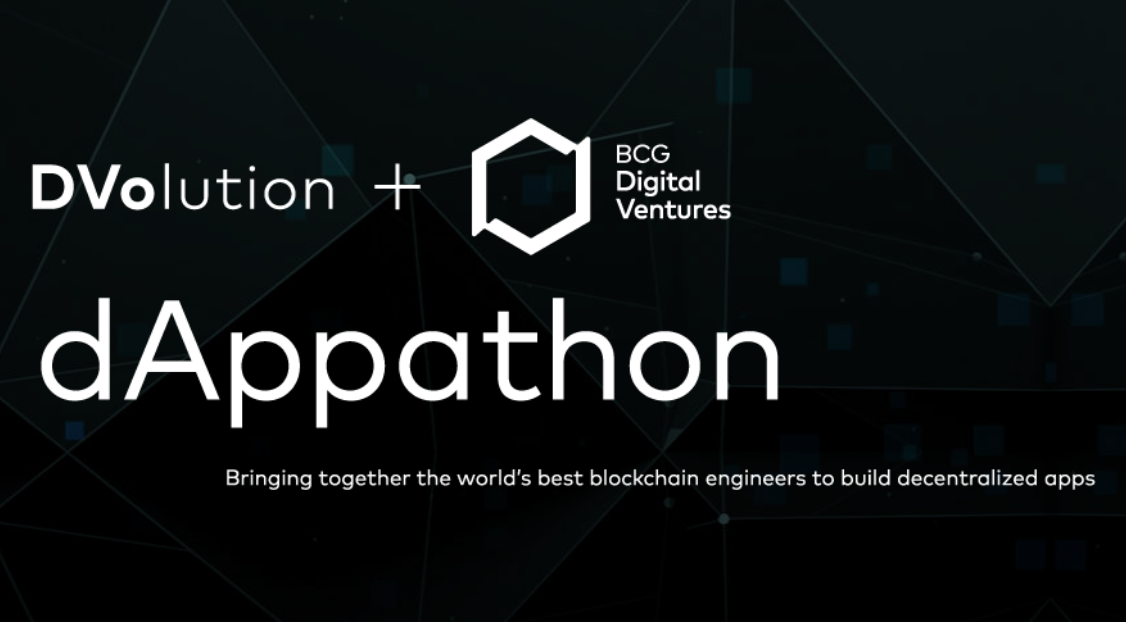Cryptocurrency Arbitrage
To take advantage of low liquidity and price inefficiency on MetalX, I created this profitable arbitrage bot. It uses one of the most liquid exchanges in the world (Coinbase) and finds opportunities to make money on MetalX. This was an experiment that I ran for several months using a Raspberry pi in my room with a principle of $2,000 where I reached a monthly volume on Coinbase of more than $50,000. I had great returns in that time frame, but ultimately decided to turn off the bot while I was profitable due to several risk factors that I wasn't comfortable with. A couple improvements could be made to mitigate risk, but I haven't worked on this for awhile, contact me if you are interested. I used a custom CCXT library that I developed for Metallicus, but this could be replaced with the open source @proton/ccxt for access to the MetalX api. Here is the code.




.png)

